Along with smoking and sugar consumption, the sun’s rays are considered to be one of the leading causes of premature aging. This is because the sun radiates invisible ultraviolet light, commonly known as UV rays. The two types of UV rays that you should be concerned about in terms of on your skin are UV A & UV B rays. While both have the ability to affect your skin, they are slightly different in terms of the damage that they can cause.

UV A rays penetrate deep into the layers of the skin and cause signs of aging inclusive of pigmentation issues and wrinkles, while UV B rays mostly reach the epidermis (top layers of the skin), and are linked to redness and sunburns, among other things.
If you’re looking to prevent and/or help reverse damage caused by UV radiation, consider exploring some anti-aging treatments as well as adopting an effective skincare routine.
Steps to Take to Prevent Sun Damage
The best way to protect your skin against damage caused by the sun’s rays is to (obviously), avoid the sun completely. Seeing as that isn’t a realistic option for most individuals, the next best thing is to try and avoid the sun when it’s at its strongest - between the hours of 12 and 4 pm.

Other preventative measures you can take include seeking out the shade and applying a sunscreen. Insofar as sunscreen is concerned, your best bet for keeping your skin protected is to look for a ‘Broad Spectrum’ sunscreen, which are only available in the EU & the US (at least for those that offer protection against 90% of UV rays on the UV spectrum).
Broad Spectrum sunscreen is your new best friend!
When using sunscreen, two good rules to keep mind are: reapply every 2 hours if you’re continuously exposed to sunlight (or after contact with water); and, apply more than you think you need – it’s recommended to use at least1/4 teaspoon or more of sunscreen just on your face!
In terms of your skincare routine, to help repair sun-damaged skin you should be using 3 key ingredients: Retinol, Alpha Hydroxyl Acids and Vitamin C. Retinol (a derivative of Vitamin A), is important for increasing cellular regeneration and also helps with overall skin rejuvenation. Alpha hydroxyl acids (AHA’s), including Lactic and Glycolic Acid, exfoliate the epidermis to reveal the fresh, smooth layers beneath. Finally, antioxidant serums with Vitamin C help boost the protection benefits of your sunscreen and are perfect for use during the day.
Get Your Own Anti-Aging Serum Here

Our Anti-Aging Serum contains Green Tea Extract – another powerful antioxidant that can be used to boost the effects of sun protection agents.
DIY Anti-aging Treatments
Among the diverse range of anti-aging treatments out there, two of the most popular for reversing sun damage are LED Light Therapy and Microdermabrasion. As treatments with professionals can be costly and time consuming, at-home devices are a good alternative for reparative efforts. Not all rays are damaging. In fact, some are the opposite – they actually help with preventative anti-aging! By penetrating deep within the layers of the skin, the rays from LED Light therapy help improve clarity as well as combat signs of aging, such as: lines, sun spots caused by UV exposure and uneven tone in general.

Reverse Sun Damage with Light Therapy
Three important colors of light you should be on the look-out for are: red (linked to boosting collagen levels), amber (helps calm inflamed skin) and infrared (which not only goes the deepest but also helps boost the abilities of the other LED rays. Our UV-free RejuvaliteMD is an FDA-cleared device that has all of the above frequencies of light and only needs two 5-minute treatments daily in order to be effective.
All of this doesn’t mean you can’t enjoy a nice day outside, but in order to minimize damage, make sure to apply (and reapply) that sunscreen and wear protective clothing as well as sunglasses.
What else is important?
Prolonged sun exposure can have a lasting impact on the appearance of your skin. From wrinkles to age spots, the damage caused by UV radiation is cumulative, meaning that the more time you spend in the sun, especially without sun protection, the more likely you are to develop visible signs of aging. UV light penetrates the top layer of skin, causing changes that lead to uneven skin texture, discoloration, and the breakdown of collagen, which is crucial for maintaining skin elasticity. Over time, these changes can make your skin look older and less vibrant.
One of the most concerning consequences of excessive sun exposure is the increased risk of skin cancer. Types of skin cancer linked to UV exposure include squamous cell carcinoma, which often develops on sun-exposed skin like the face, neck, and arms. Additionally, actinic keratoses, rough patches of sun-damaged skin, can evolve into skin cancer if not treated promptly. These are common in people who spend a lot of time in the sun, and they’re a key sign of skin damage that should never be ignored.
To protect your skin from sun damage and reduce your risk for skin cancer, it’s important to adopt effective sun protection habits. Using a broad-spectrum sunscreen with a sun protection factor (SPF) of 30 or higher is essential, especially if you plan to spend time outdoors between 10 a.m. and 4 p.m., when the sun’s rays are the strongest. Reapplying sunscreen every two hours and wearing protective clothing can further shield your skin from harmful UV light.
Sun-damaged skin not only affects how your skin looks, but it also weakens the integrity of your skin. The damage can extend deep into the layers of skin, affecting skin cells and leading to uneven skin tones and liver spots. With enough exposure, the damage builds, causing permanent changes in the structure of your skin, making it more vulnerable to developing skin cancer. The DNA in your skin cells can suffer mutations due to UV exposure, which is a direct sign of skin cancer risk.
If you notice any unusual changes, such as brown spots, red patches, or areas of skin that peel, it’s vital to consult a dermatologist. These could be early signs of skin cancer or other common skin conditions related to sun exposure. Early detection of skin problems is key to preventing more serious outcomes, and a dermatologist can help you explore treatment options to repair damaged skin and possibly reverse some of the effects of sun exposure.
In addition to daily sunscreen use, focusing on repairing sun-damaged skin is essential for maintaining a youthful complexion. Using products that contain ingredients like retinol or alpha hydroxy acids can help make your skin smoother and even out your skin tone. These ingredients promote the turnover of new skin cells and can minimize the appearance of sun-damaged skin. However, while some treatments can reduce visible skin damage, it’s important to remember that much of the damage is permanent and prevention through protection from the sun remains the best strategy.

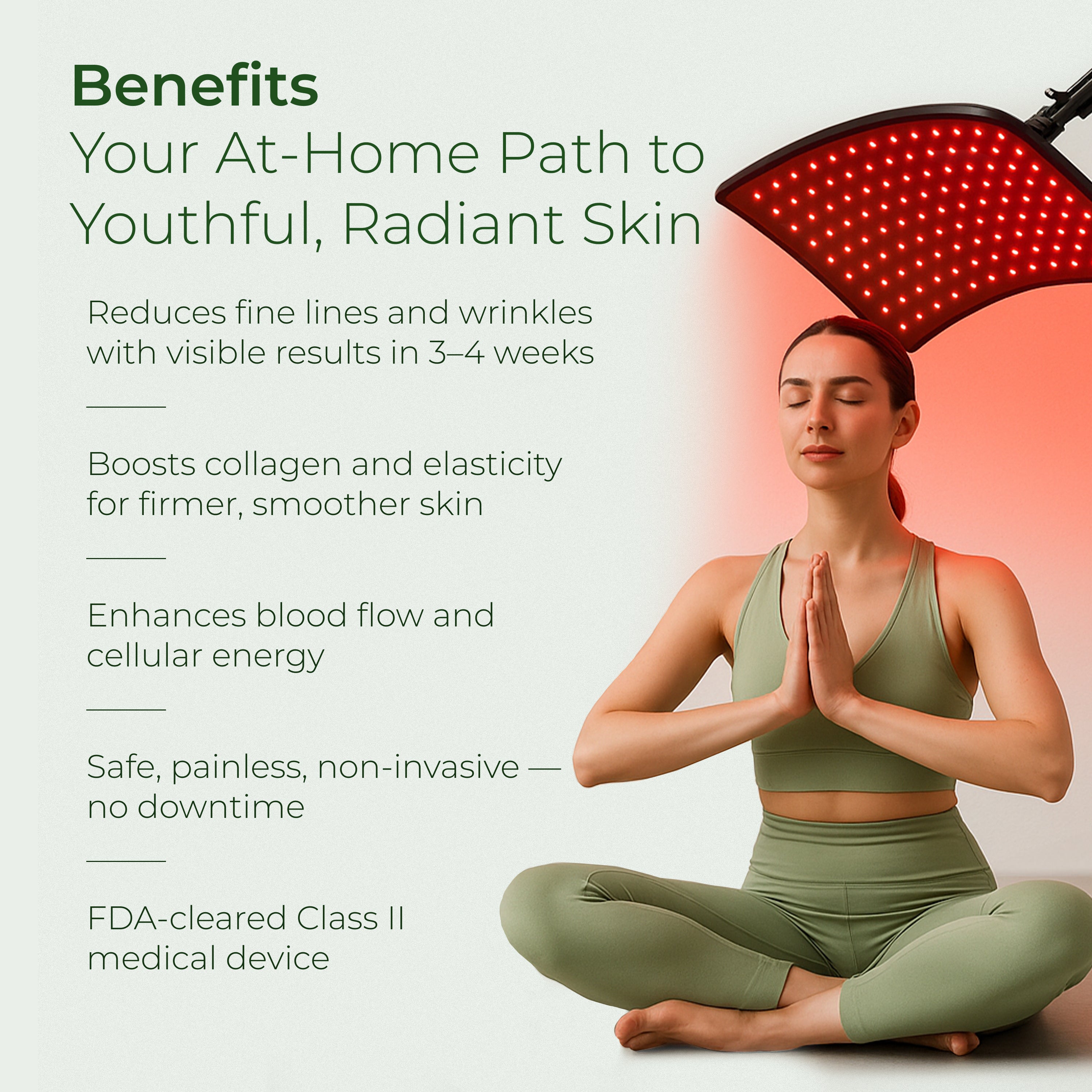
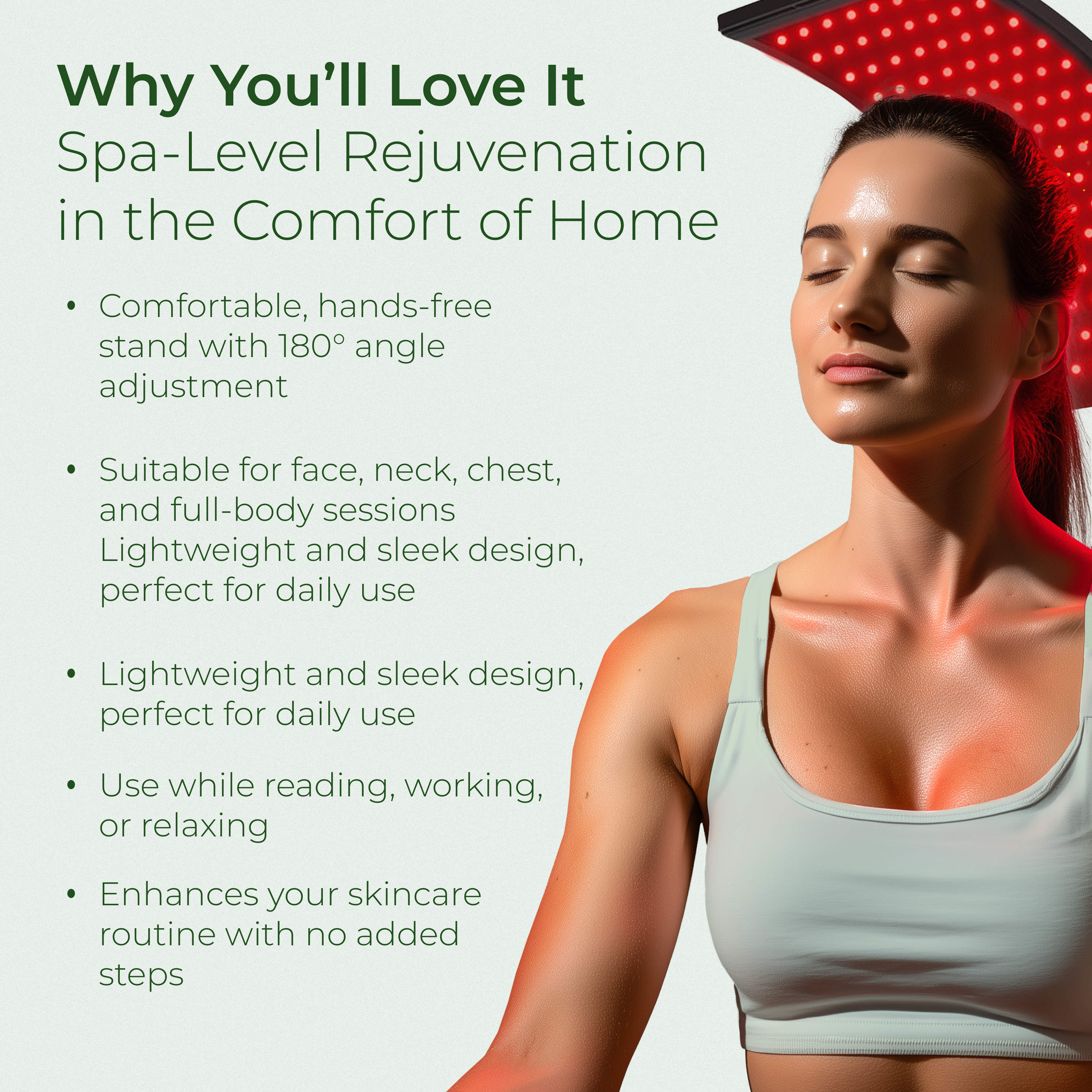
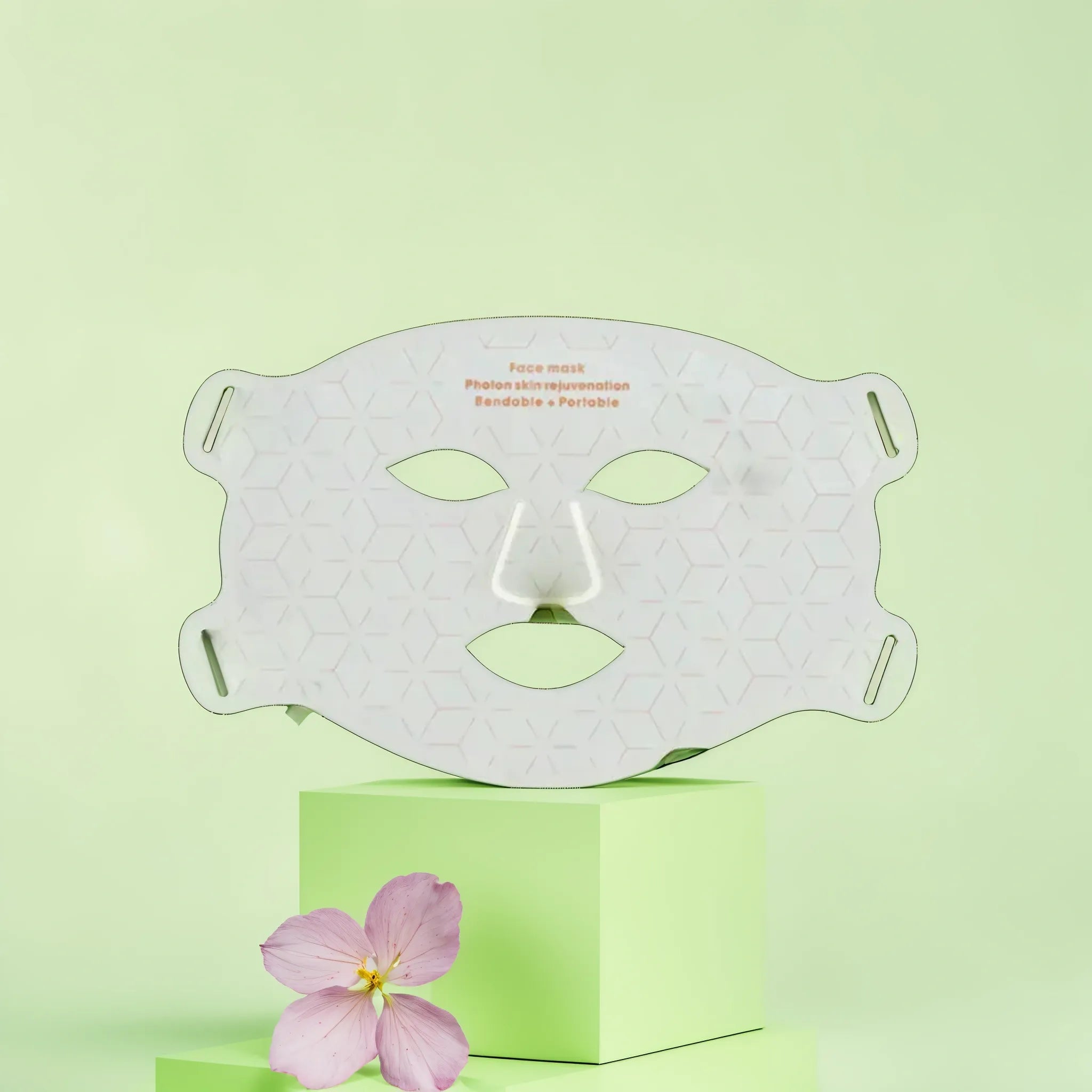
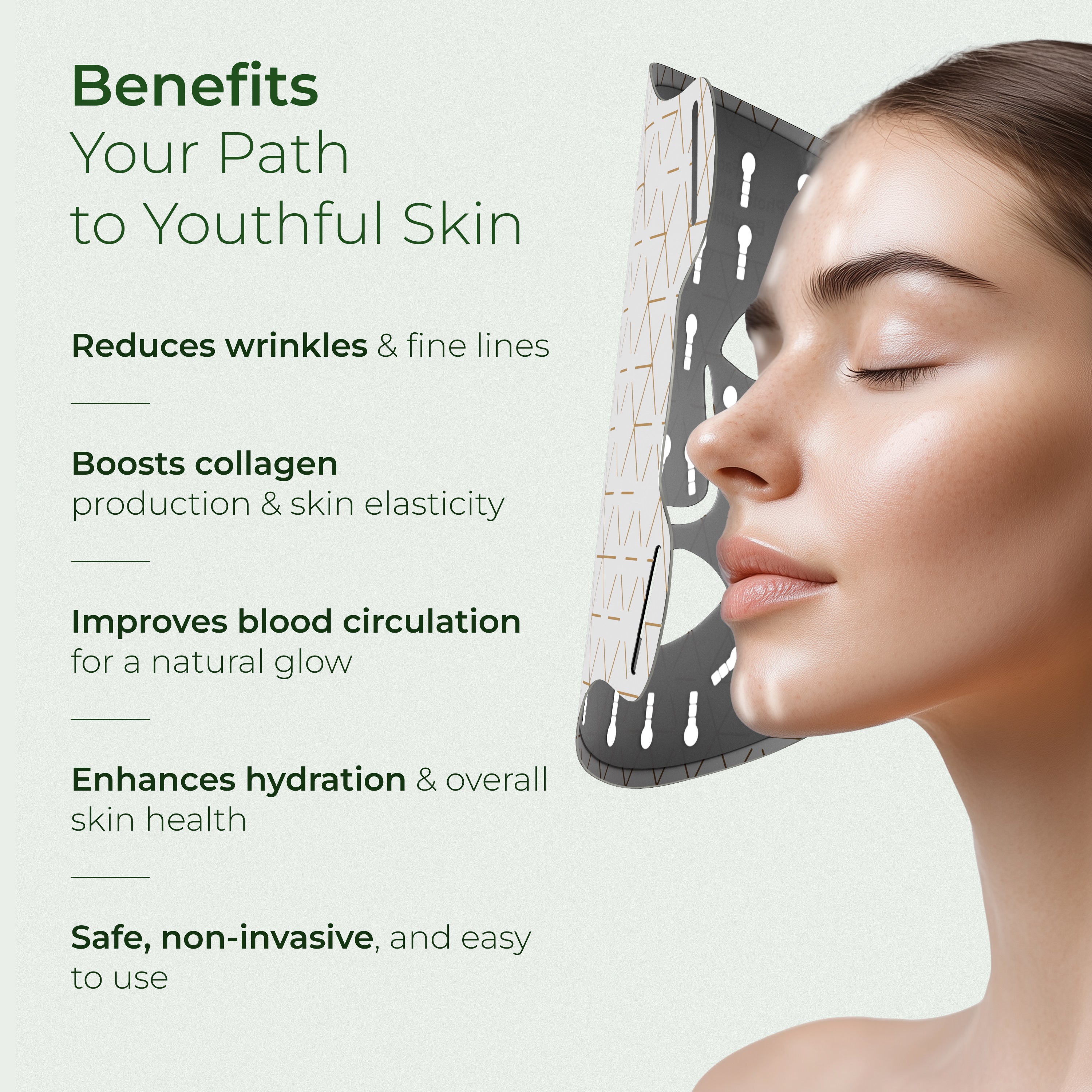


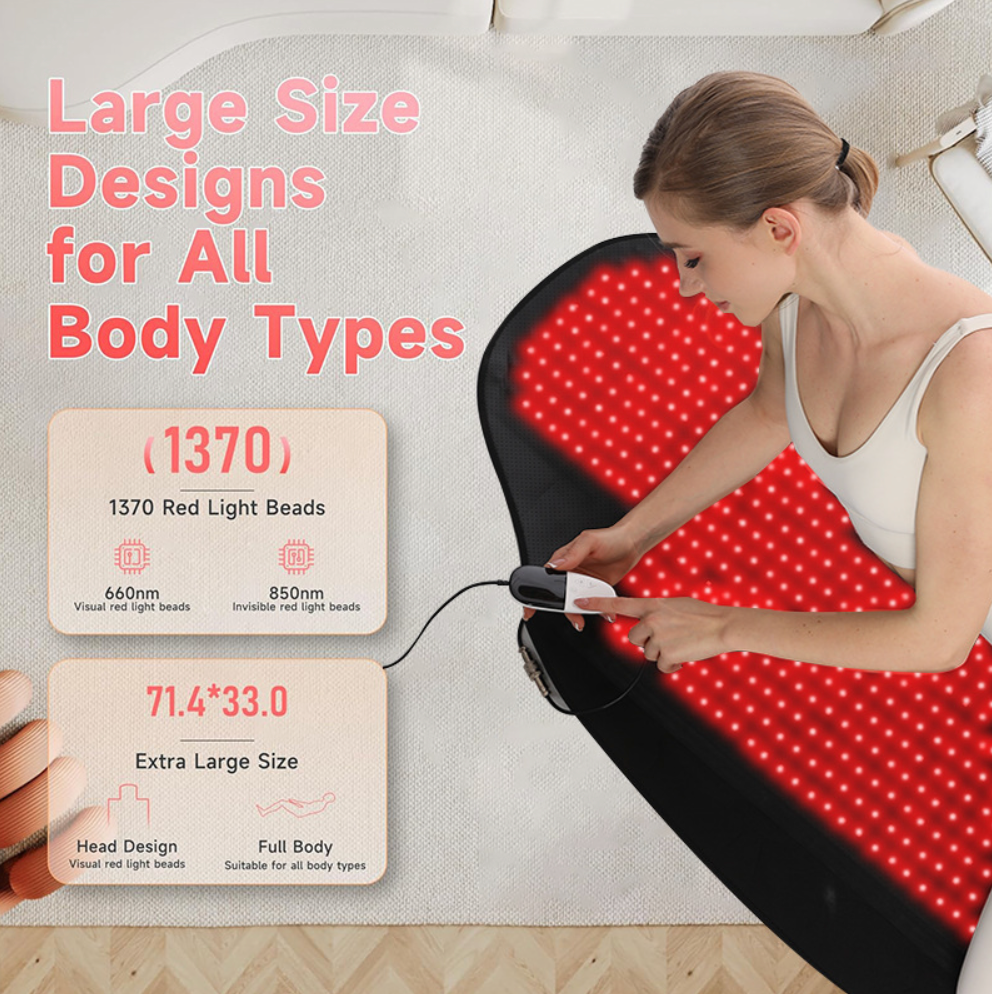
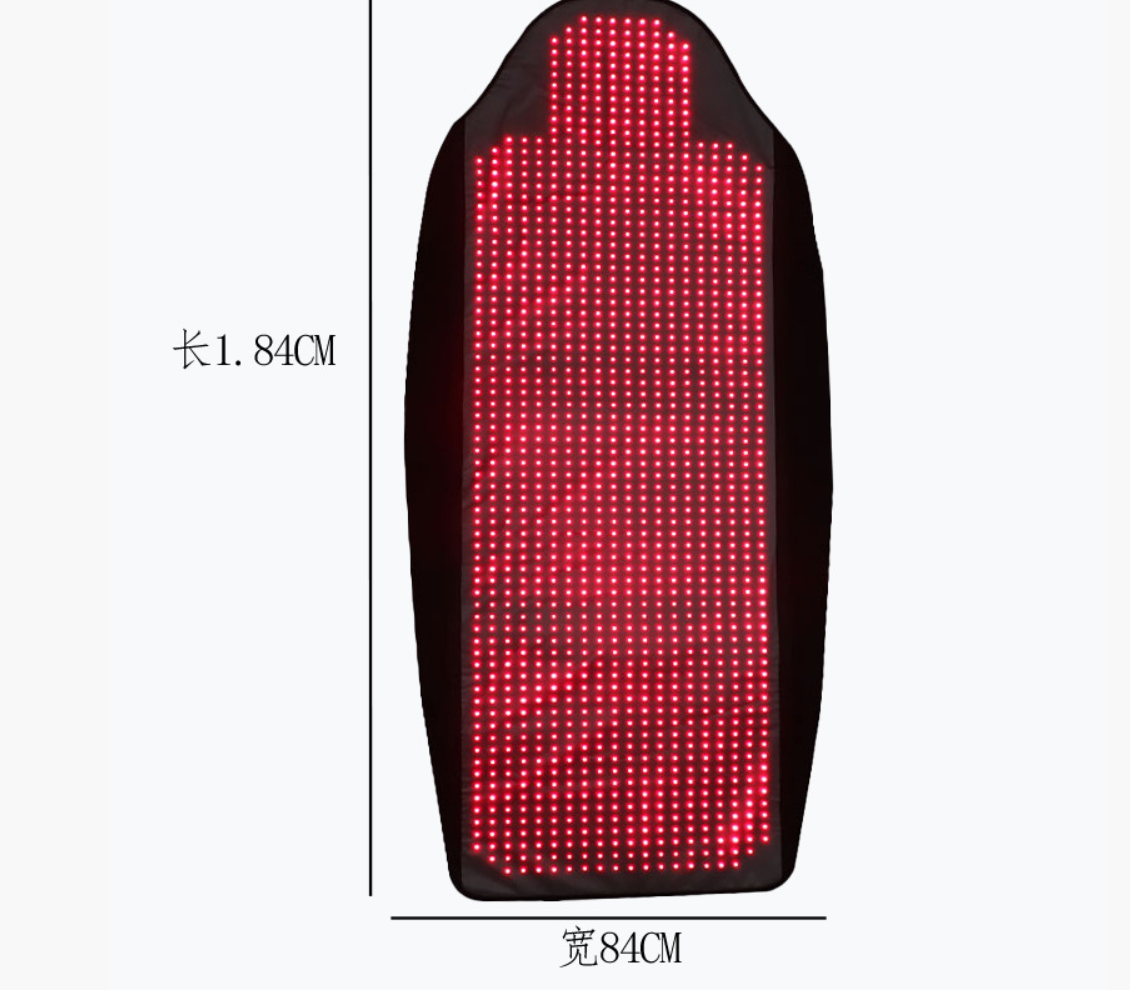


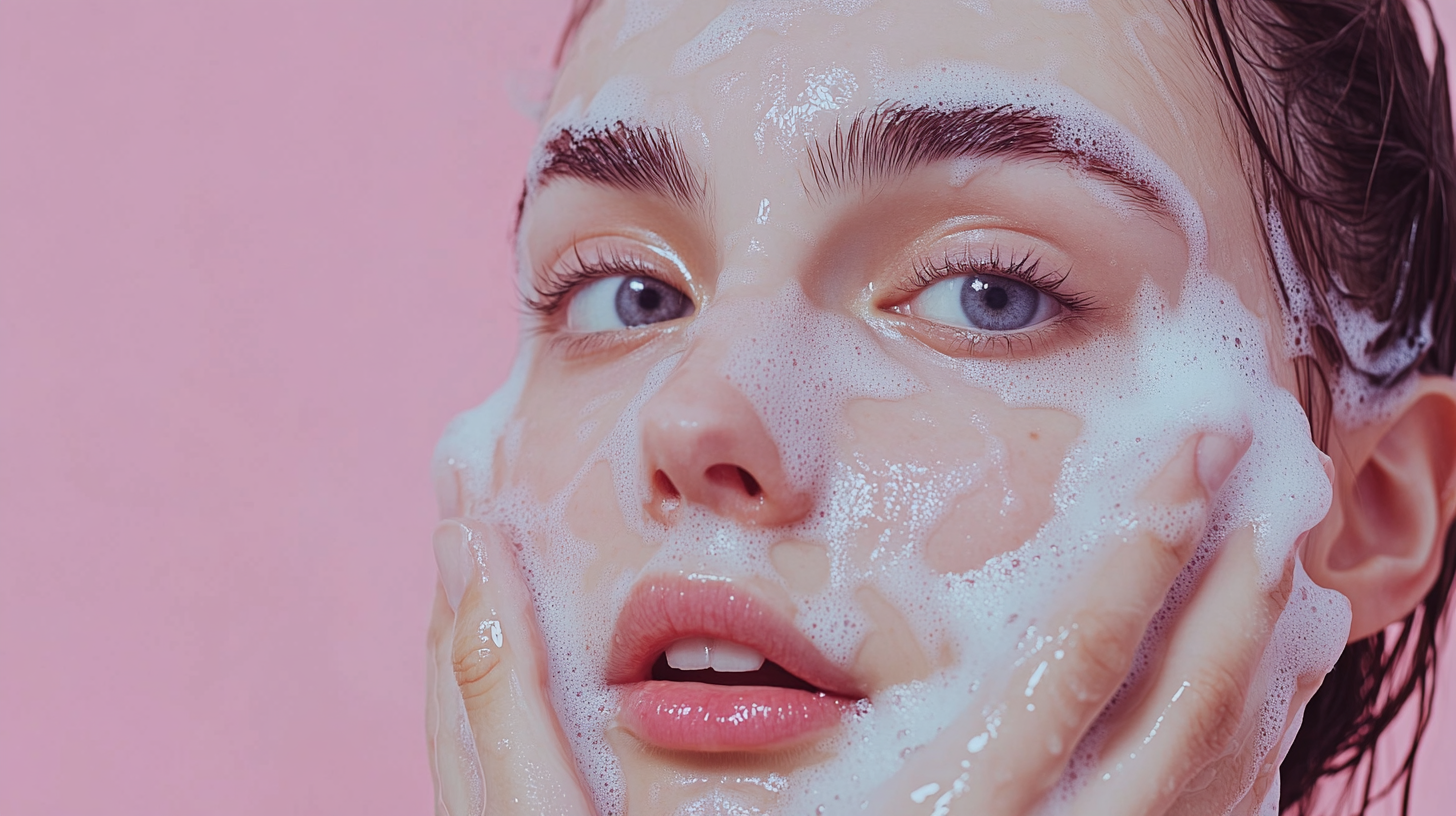
Hinterlasse einen Kommentar
Diese Website ist durch hCaptcha geschützt und es gelten die allgemeinen Geschäftsbedingungen und Datenschutzbestimmungen von hCaptcha.